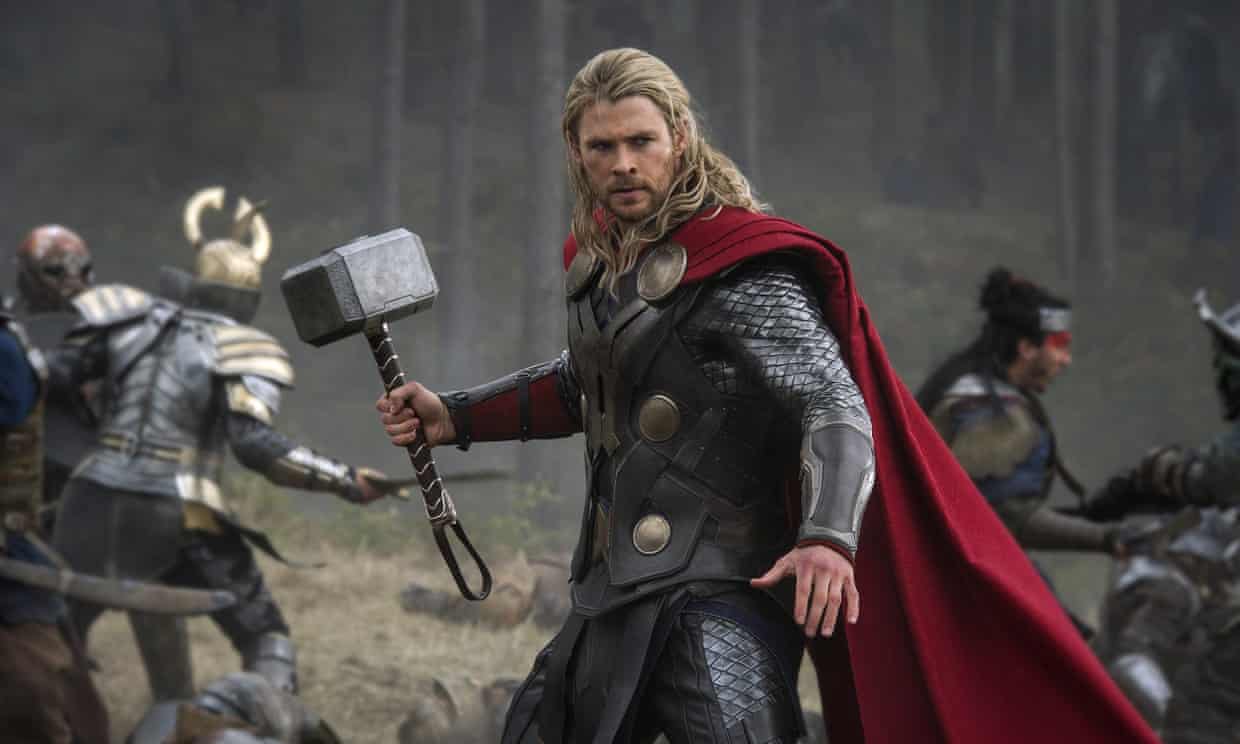
Chris Hemsworth plays Thor in the Marvel Cinematic Universe.
Photograph: Marvel Studios/Sportsphoto/Allstar
Photograph: Marvel Studios/Sportsphoto/Allstar
In the lands of the north, where the black rocks stand guard against the cold sea, in the dark night that is very long, the men of the Northlands sit by their great log fires and they tell a tale … ” So began each episode of the 1950s and 1960s children’s TV programme The Saga of Noggin the Nog – one of countless iterations of old Norse myths that have filtered down to us, from the early 13th-century versions written down by the Icelandic scholar Snorri Sturluson all the way to the Marvel Cinematic Universe, via Jacob Grimm, Richard Wagner, JRR Tolkien, Narnia, video games and death metal.
Greek myths may be having a moment in modern fiction, but The Norse Myths That Shape the Way We Think reminds us that Thor, Asgard, Valhalla and the Valkyries are as much a part of western literature and legend as are Athena and Achilles. As a professor of medieval European literature at the University of Oxford and a translator of Snorri’s texts, author Carolyne Larrington is an expert guide to the origins of the stories and an opinionated interpreter of their modern descendants. She explains how an incorrect translation of “drinking horns”, via Latin, resulted in the “madly impractical” idea that Vikings drank mead from their enemies’ skulls, and fulminates about HBO’s decision to have the villainous Euron Greyjoy slay a dragon in Game of Thrones: “An outrageously subversive recasting of the greatest of heroic achievements.”
Larrington takes the myths a theme at a time. Main characters such as Odin and Thor have a chapter to themselves, explaining how depictions of them have evolved from original sources into modern retellings such as Neil Gaiman’s American Gods. Loki and his monstrous children get another, which celebrates their recent starring roles in books by Joanne Harris, Francesca Simon and others, and explains quite convincingly how Loki’s current reputation as a gender nonconforming queer icon is rooted in the early texts.
Read the rest of this article...